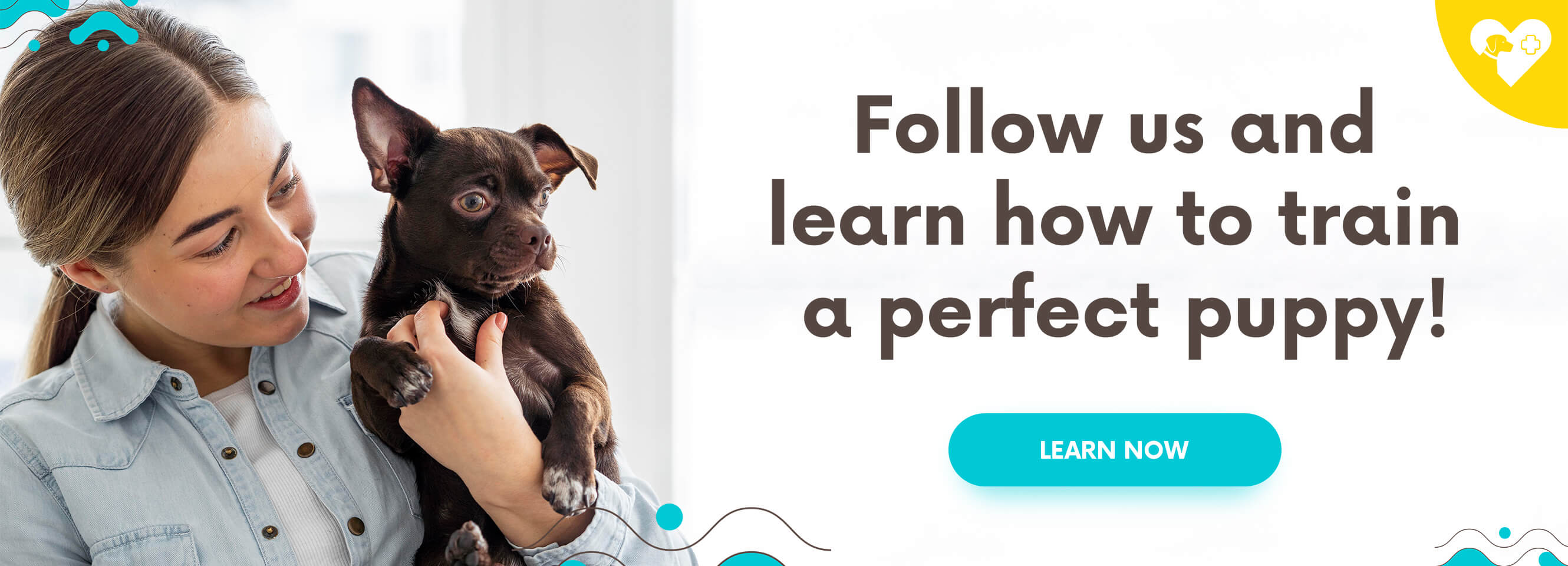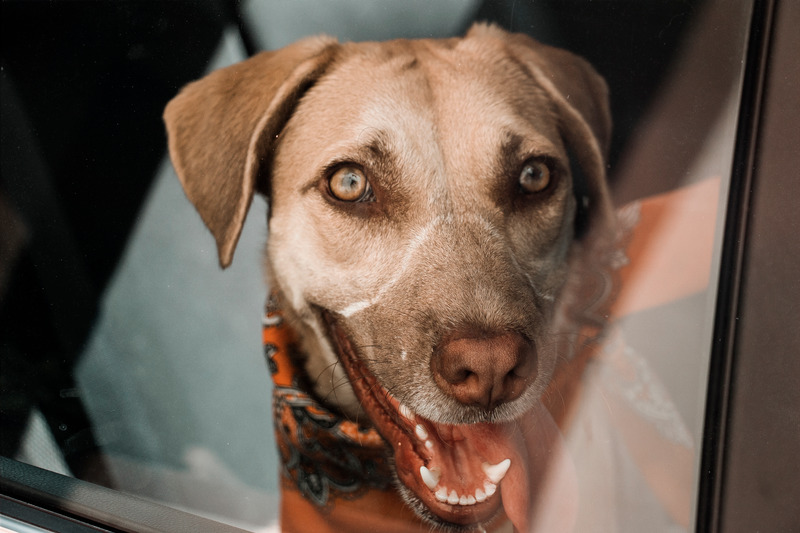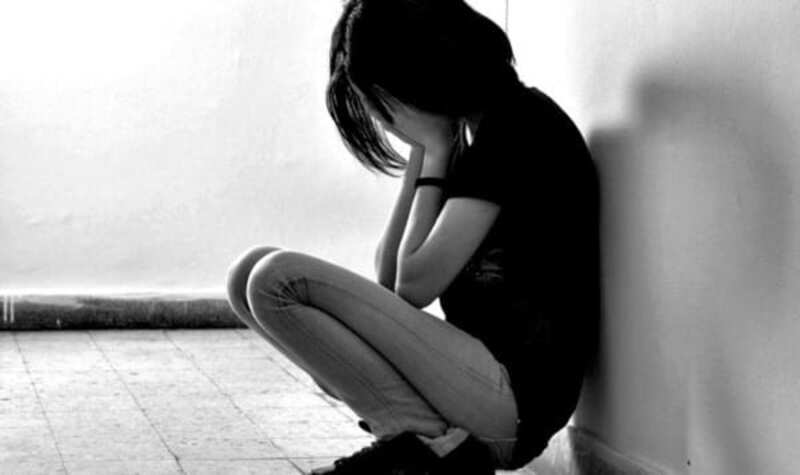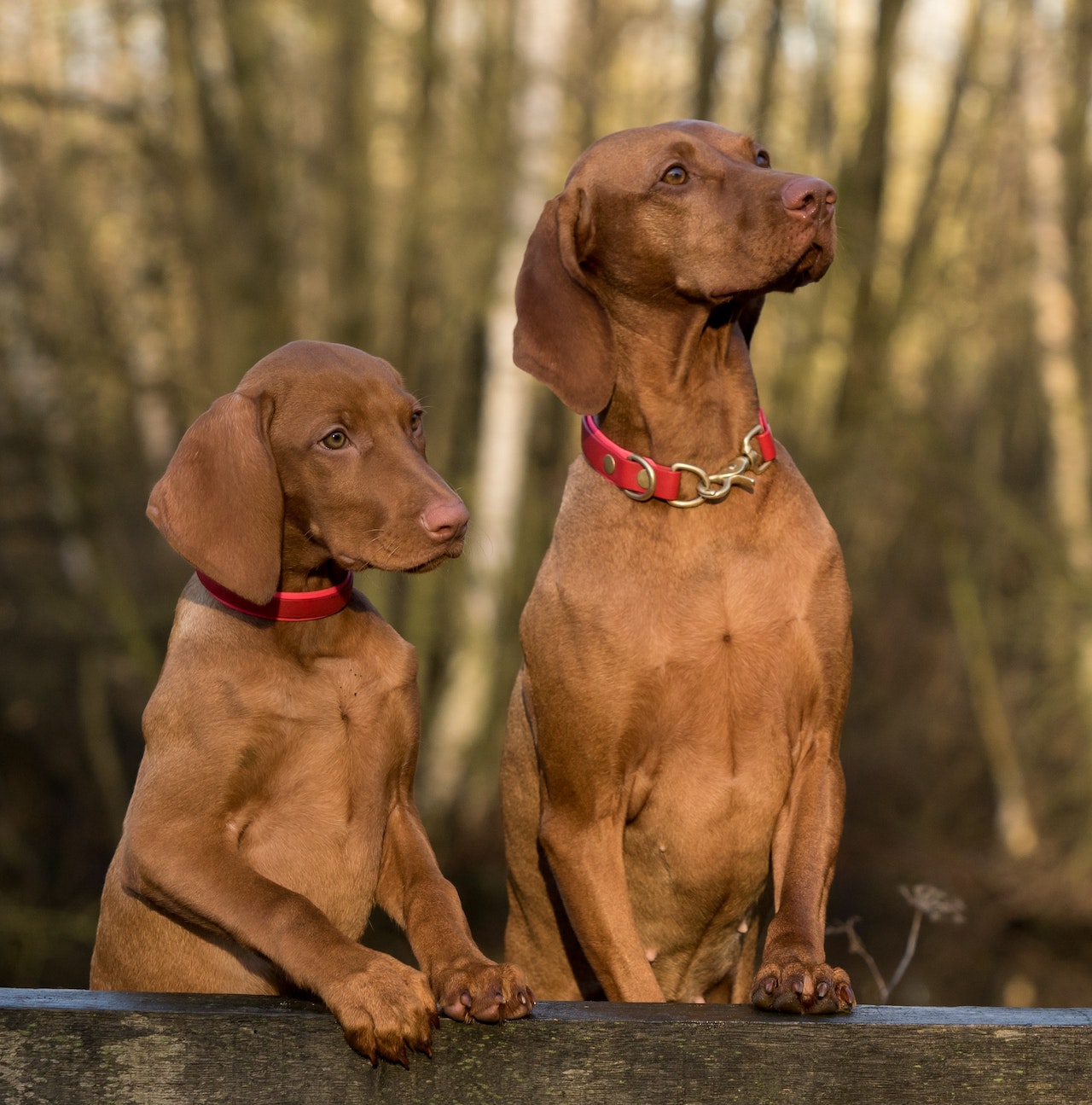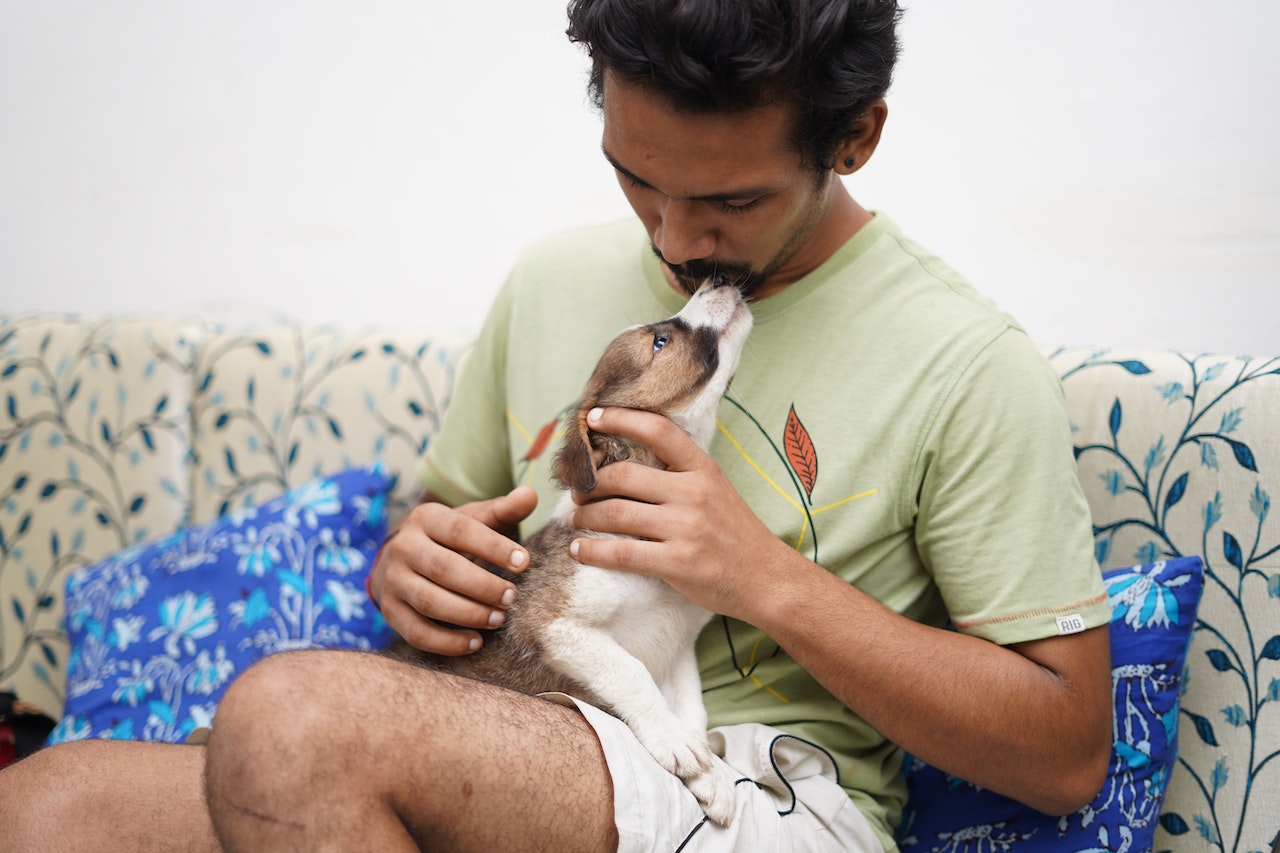
Puppies, like human babies, do a lot of learning in their early months as they try to understand their environment and their boundaries. It can be very daunting to teach a young puppy good manners especially if they are hyper. In order for training good manners to be successful you need to build a strong bond first. We will try to give you a few pieces of advice that we hope to help you raise your puppy right. This article will be structured into growth stages that you can (hopefully) follow easily.
Some experts believe that the period between 8 weeks and 16 weeks is the best for teaching puppies to behave properly as they are most likely to listen. Once your puppy hits the “teenage years” you will be facing an uphill battle. Most puppies are usually weaned off at about 8-12 weeks of age. We strongly recommend against bribing a puppy home when the dog is younger than 8 weeks except when there are special circumstances like when the mother died or the puppy has to receive special care due to health problems. Legitimate and ethical breeders will not give away puppies that are younger than 8 weeks, please keep that in mind. If you might have a very young puppy at home, please check our article “Puppy Care Guide 0-8 Weeks”.
10-14 Weeks-Expose the Puppy to their New Environment and Teach Basics
Your puppy should be taught their name first; the “sit” command; recall (coming when called). It is vital to teach your dog toileting and to not be afraid of a crate. We recommend using a brush on your dog at least once a day so the puppy gets used to brushing/grooming and hand touch. Toileting might be the biggest hurdle at this point. Some dogs may need to go potty as early as 7 am sharp and then go for another potty break about 45 minutes after they have had their breakfast. You might need to bring your puppy outside every hour or so. There are likely to be “incidents” at home but you should not yell at your dog, but try to be patient.
Let your dog explore your home but keep your puppy in sight. It is a good idea to let the dog watch the outside world through a window. If you have a garden or a backyard, let your dog go outside and play as long as the dog has received his/her first vaccination. You might want to buy a Kong for your puppy that is likely to keep him/her entertained and busy. It is best to make your puppy feel comfortable in his/her crate too. It is very important for your puppy to become used to staying alone and lying down quietly for an extended period. We have an excellent article about basic training that you might want to check - “Puppy Basic Obedience 101”.
As your puppy grows you will have to purchase a bigger crate so you might want to buy one that can accommodate your dog for the next 3-4 months at least. As a rule, your puppy has to be able to stand up and move around in the crate comfortably. Make sure that the crate has a nice soft blanket inside so your puppy would seek comfort inside. Adding toys and treats inside will make the crate even more appealing.
You should make your puppy used to a leash and a harness as early as possible. It is recommended to have the puppy wear a leash and a harness at home for 5-10 minutes about 3-4 times per day while the puppy is under supervision. You can practice walking on a leash at home and always reward your dog for remaining calm and obedient while on a leash This should create a positive attitude towards the leash and harness.
14-16 Weeks-Socialization
Once you are confident that your puppy can stay by your side on a leash you can take your puppy to the vet. Driving with your puppy or using a taxi can be very useful for making your puppy accustomed to strange sounds and smells. At this stage of your dog’s development, you should start spending time cleaning their ears and checking their eyes and paws regularly. This is important so your dog is comfortable with you doing checkups.
We would recommend that you let your dog meet not only family members but friends too. The more people your dog meets the more comfortable he/she will be in public spaces. It is still early for meeting dogs if your dog has not received all its vaccinations.
Keep practicing crate training and see if your dog can spend at least 30 minutes alone in the crate. Try using a vacuum cleaner at home and see how your dog reacts. It might be a good idea to use the vacuum cleaner while your dog is left in another room. Some dogs might not react very well to the sound of a running vacuum cleaner and you might want to do an easy exercise so your puppy is not startled and does not become afraid.
The exercise goes like this:
1) Go to YouTube (or an alternative platform) and search for any videos that fit the search query “vacuum cleaner sound”. You will be surprised by how many videos there are.
2) Play the video at low volume while your puppy is around. Leave the video playing for 10-15 minutes then slightly increase the volume.
3) Monitor your dog’s reaction and see how he/she reacts. You can play with the dog while the video is playing in the background. This should help distract the dog.
4) Increase the volume of the video again and leave it playing for another 10-15 minutes. Monitor your dog and see how he/she copes with the sound.
If you notice your puppy is afraid try to give him/her a hug and initiate play. This should help your paw friend calm down. The exercise above can be done with other sounds that are known to trigger a bad reaction from dogs like fireworks for example.
16-18 Weeks–More Exploring
If your dog has received most of his/her vaccinations it should be generally safe to take him/her for car rides more frequently You can visit a local pet-friendly store and take your dog for a professional grooming appointment. It is recommended that you let your puppy meet more people and you might want to take the puppy to a pet-friendly cafe. You may also want to bring it/him/her to public places like a pet-friendly cafe. Prior to bringing your dog to a public place, you should make sure that he/she is fed, he/she has expended some energy on your recent walk outside and he/she has gone potty. That way your paw friend is unlikely to embarrass you, at least for some time. Do not forget your puppy is still growing and is very much interested in the outside world. Do not expect too much self-control from your puppy. Dogs reach physical maturity at different ages, i.e. small dog breeds become mature at the age of 8-9 months, medium and large dog breeds- at the age of 1-1.5 years, while extra large breeds become physically mature at the age of 2 years.
18-20 Weeks–Meeting Children
Your dog should be sufficiently familiar with the outside world prior to meeting children and playing with them. However, you should supervise your dog and the children during the first few meetings. Puppies and children sometimes mix well and sometimes not so much. Make sure the children understand that your puppy is still young and that they should not play roughly. Let your puppy play tug, hide and seek and chase the children but always stay vigilant. It is very important that your dog has positive experiences with the children so he/she is not afraid.
We recommend letting your dog spend more time in the park around bicycles, skateboards, and other exciting moving objects. Some dogs may not react well to a bustling park trail so we recommend staying at distance for a 5-10 minutes. That will allow the opportunity for your canine to become accustomed to the sound and sight of quickly moving people and objects. You can spend some time just sitting on a bench near a busy park trail and you can move gradually closer. Make sure you monitor your dog for any adverse reaction.
20-22 Weeks – Meeting Other Dogs
If your puppy has demonstrated a friendly personality and he/she is calm when you visit public spaces with a lot of traffic – it should be pretty safe to let your puppy meet other dogs. Once again, make sure your dog is fully vaccinated and that the other dog that will be meeting yours is friendly. We recommend setting up a meeting with an older dog that is more mature and tolerant of the puppy energy your paw friend is more than likely to keep. The environment for meeting the other dog should be safe and familiar.
Your best bet might be to talk to a friend or a friendly colleague with a dog to meet you at a local park. The area should not be perceived as guarded territory by either dog. Let your dog meet and greet the other dog while on a short leash and make sure you monitor the interaction carefully. Both dogs should be at a distance and should not be allowed to touch or sniff at each other. If both dogs behave nicely, reward them. If both dogs seem relaxed, you can decrease the distance between them (very slowly, step by step) while you are continuing to walk. We do not want either dog to feel confronted or uncomfortable. You should not allow a direct face-to-face approach.
It may be best to meet a friend/colleague with their dog while on a walk to the local park and let the dogs greet each other for about 5 minutes. You can set up a longer period for your dog to meet another dog after this testing phase. We recommend the first 2-3 meetings be supervised at all times and be on a leash. Always allow the dogs to greet each other from a distance. If both dogs continue to sniff each other or even initiate playing, this is a good sign. Continue watching their body language. If the dogs have put their elbows on the ground and their back is in the air, this means that they want to play. Of course, even in this case, you should continue supervising the interaction.
A good idea is to visit a local pet-friendly cafe and also your puppy to spend some time in the company of another dog while there are plenty of distractions around you.
The Training Is Not Over
When your dog is 5-6 months old he/she will be entering the teen phase and we strongly recommend you keep practicing skills like recall, sit, stay/wait, and drop it/leave it as much as possible. Try to stay consistent and use the same vocal commands (or hand gestures if you use any). Dogs don’t speak “human” and can be easily distracted or confused sometimes. Consistency and patience are your greatest tools in shaping your dog into an obedient, confident, and calm paw companion.
Training at home is a good start and you should try to do so some training in your neighborhood and local dog park. Try to increase the number of distractions and build up your dog’s ability to focus on you and respond to commands. We want to finish by returning to the topic of toilet training for your puppy as it might have been the biggest challenge for both of you. Your best chance of going through the first few months of raising your puppy and not having to remove furniture and floorboards from your home is to stay consistent. We can not stress enough how important is to go out for potty breaks regularly during the day. Your dog will learn to control their body better and reliably go for potty breaks and you can make this growth a lot easier and faster if you stay consistent.



